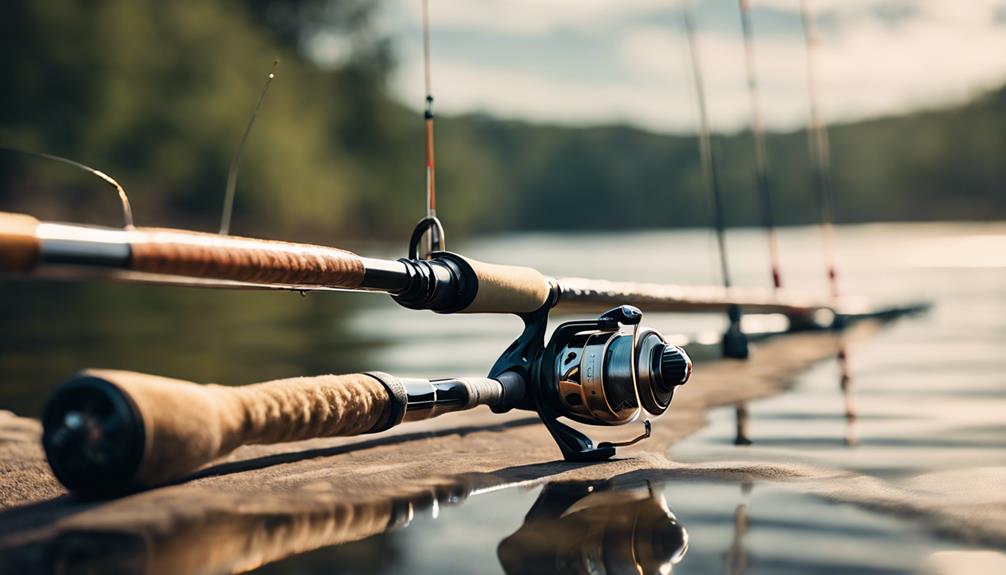Fly fishing in PA offers a unique blend of serene landscapes, abundant waterways, and diverse fish species that attract both novice and experienced anglers. This guide will delve into the various aspects of fly fishing in Pennsylvania, from the best locations to tips and techniques to enhance your fly fishing experience. Whether you are a seasoned pro or just starting, Pennsylvania’s waters have something to offer everyone.
Understanding Fly Fishing in Pennsylvania: An Overview
Fly fishing in PA is more than just a sport; it’s a way to connect with nature and enjoy the tranquility of the outdoors. Pennsylvania is home to numerous rivers, streams, and lakes, providing a rich habitat for various fish species, including trout, bass, and panfish. The state is particularly famous for its wild trout populations, making it a popular destination for fly anglers. Understanding the local ecosystems and the types of fish you can catch is essential for a successful fly fishing experience.
Top Fly Fishing Locations in Pennsylvania
When it comes to fly fishing in PA, the location matters immensely. Some of the top spots include the famous Lackawanna River, known for its excellent trout fishing, and the Conewango Creek, which provides a diverse fishing environment. Additionally, the Delaware River offers a picturesque setting and a variety of fish species, making it a favorite among fly fishers. Other notable locations include the Allegheny River and the Little Juniata River. Each of these waters offers unique challenges and rewards, so it’s crucial to choose a location that matches your skill level and fishing objectives.
Essential Gear for Fly Fishing in PA
Having the right gear is crucial for a successful fly fishing trip in Pennsylvania. When preparing for your adventure, ensure you have a quality fly rod and reel suited for the type of fish you aim to catch. A 9-foot rod with a 5-weight line is a versatile choice for most trout fishing in PA. Additionally, don’t forget to pack a selection of flies, including dry flies, nymphs, and streamers, as different conditions will require different types of flies. A good pair of waders will keep you comfortable while navigating the streams, and polarized sunglasses will help you see into the water better, making it easier to spot fish.
Best Times of Year for Fly Fishing in Pennsylvania
Timing is everything when it comes to fly fishing in PA. The prime seasons for fly fishing typically span from spring to fall, with each season offering unique experiences. In spring, as the snow melts, trout become more active, making it an excellent time to fish. Summer brings warmer weather, and early mornings or late evenings can yield fantastic catches. Fall is particularly special, as the foliage changes, creating a breathtaking backdrop while fish prepare for winter. Winter fishing is less common but can be rewarding for those willing to brave the cold, especially in areas where trout are still active.
Techniques for Successful Fly Fishing in Pennsylvania
Mastering fly fishing techniques is vital for success in Pennsylvania’s waters. One key technique is learning to cast effectively. A good cast allows your fly to land softly on the water, avoiding spooking fish. Additionally, understanding how to read the water is essential; look for areas where fish are likely to congregate, such as near rocks, under overhanging trees, or in deeper pools. Nymphing, which involves fishing with flies that imitate the aquatic larvae of insects, is particularly effective in Pennsylvania’s rivers. Lastly, practicing your mending skills can improve your line control and presentation, leading to more strikes.
Regulations and Conservation in Pennsylvania
While enjoying fly fishing in PA, it’s essential to adhere to local regulations and conservation efforts. Pennsylvania has specific rules regarding fishing licenses, catch limits, and designated catch-and-release areas. Familiarizing yourself with these regulations not only helps protect the natural resources but also ensures a sustainable fishing experience for future generations. Additionally, being mindful of your impact on the environment—such as avoiding litter and respecting wildlife habitats—is crucial for preserving the beauty and integrity of Pennsylvania’s waterways.
Fly Fishing Communities and Resources in Pennsylvania
Engaging with the local fly fishing community can significantly enhance your experience. Pennsylvania is home to various fly fishing clubs and organizations that offer resources, workshops, and events for anglers of all skill levels. Joining these communities can provide valuable insights into the best fishing practices, local conditions, and upcoming events. Online forums and social media groups can also be excellent platforms for connecting with fellow anglers, sharing tips, and finding fishing partners. Additionally, local fly shops are great resources for gear, advice, and information about the latest fishing conditions.
Conclusion: Embrace the Adventure of Fly Fishing in PA
Fly fishing in Pennsylvania is an adventure that combines the thrill of the catch with the beauty of nature. With its diverse waterways, rich fish populations, and vibrant communities, there is no shortage of opportunities to engage in this rewarding sport. Whether you are casting your line in a serene mountain stream or a bustling river, the experience of fly fishing in PA is sure to create lasting memories. So gather your gear, choose your location, and prepare to immerse yourself in the incredible world of fly fishing in Pennsylvania. Happy fishing!
